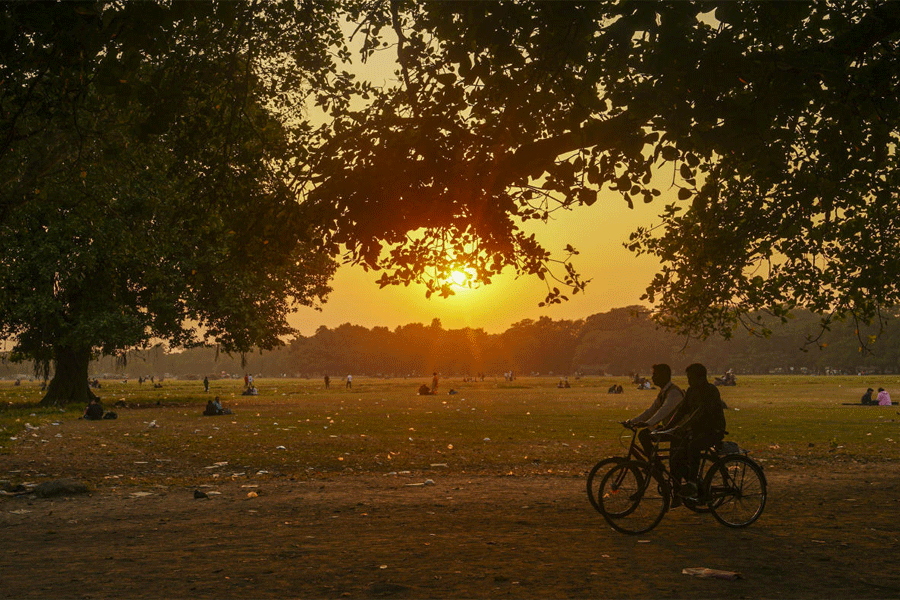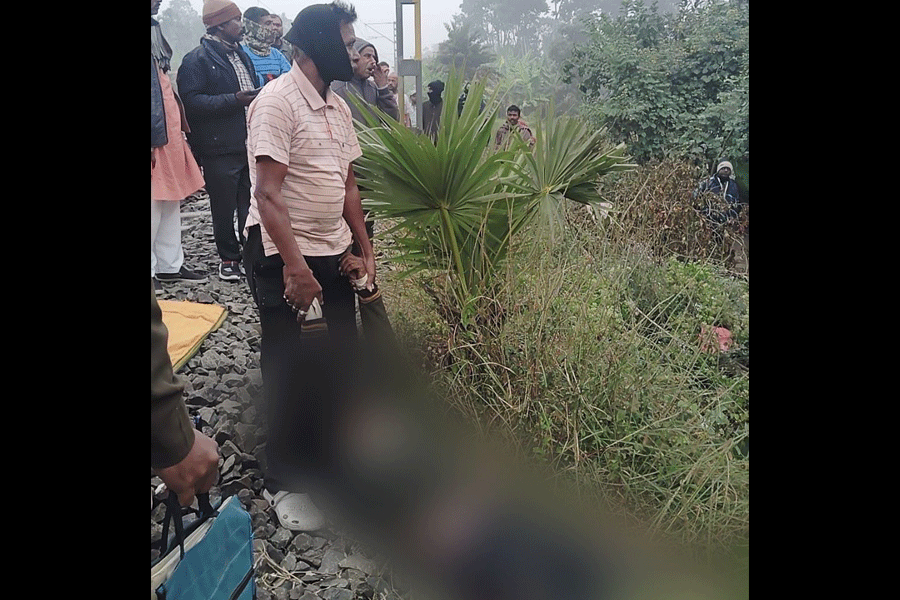 |
Independent of Western traditions, an arcadia has always existed in Indian literature, where dark clouds cluster over a dense forest, the shadows gathering in the branches of the tamala tree grow deeper, and the champa lends its fragrance to the scent of the coming rains. But unlike in its Western counterpart, there is no intruding death to spoil the idyll of this arcadia, since it is a place without beginning, and so, without end. The darkening forest is the immortal mind of Krishna as he waits for his Radha to come to him. Once she arrives, their union will last forever. Radha becomes the force of unfallen eros when she merges with Krishna — no exigency of the dying world, like sin or decay, can touch them. Theirs is the celebration of passion for its own sake, and Radha — neither a devoted wife and mother like Sita, nor a goddess like Durga — is pure love.
RADHA: FROM GOPI TO GODDESS (Niyogi, Rs 2,995), edited by Harsha V. Dehejia, begins with a poem that poses the question all starry-eyed lovers are wont to ask: “But Radha, tell me, who are you/ Who are you really?” The essays in the book, most of them by Dehejia, try to answer this riddle by looking for Radha in literature, philosophy, paintings, dance forms and religion. What comes out of the search is the image of a girl who loves with abandon, equally with her mind and body (one of the earliest references to Radha in literature talks of the nail marks on her skin), rigorously defies deification, and instead, gives meaning to godhead by fleshing it out. In trying to imagine her, poets discover their androgynous selves: Jayadeva and Vidyapati become Radha herself as they crave for Krishna.
Left is Nandalal Bose’s startling Radha. The artist, like a voyeur on a treetop, looks down on the scene of Radha’s toilette. Although she has the elongated eyes of the murals on the Ajanta-Ellora caves, this Radha, in her black lingerie and transparent cloak, can well be an F-TV model sunbathing on the terrace. The face of Bose’s Radha also conforms to her archetype in the nayika paintings from 18th-century Kishangarh in Rajasthan (bottom, left). This lady, with her arched eyebrows, bird-like eyes and perfect nose, may be the unknown artist’s impression of the goddess Radha, or she may stand for the real Bani Thani, the poet-courtesan who, along with her royal lover, Savant Singh, spent her last days writing poetry dedicated to Krishna.
Top is Radha as abhisarika. Unable to endure her separation from Krishna, she ventures out in the pitch-black night to meet him. Her friends catch her and she lies that she is out to worship Kali. To save her face, Krishna gallantly transforms himself into the goddess and sticks his tongue out at the prying friends.
On bottom right is calendar art featuring the Tamil star, Padmini, imagining herself as Radha entranced by Krishna’s flute. The music that enthrals her has a very earthly connotation indeed since this popular image has been reproduced here as an advertisement for a Madurai ‘chit’ fund.











